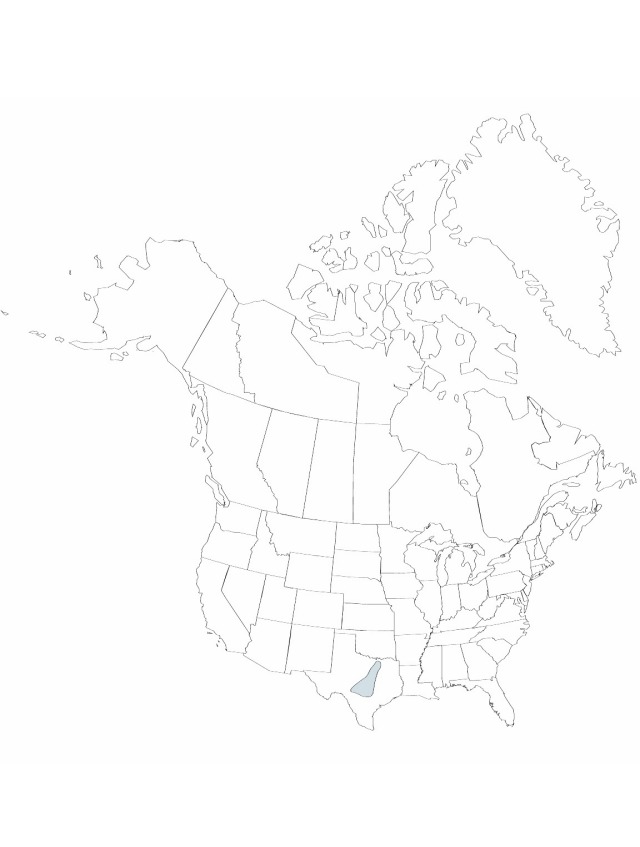Difference between revisions of "Tradescantia edwardsiana"
Rhodora 34: 57, fig. 1. 1932.
FNA>Volume Importer |
imported>Volume Importer |
||
| (3 intermediate revisions by 2 users not shown) | |||
| Line 6: | Line 6: | ||
|place=34: 57, fig. 1. 1932 | |place=34: 57, fig. 1. 1932 | ||
|year=1932 | |year=1932 | ||
| + | }} | ||
| + | |special_status={{Treatment/ID/Special_status | ||
| + | |code=E | ||
| + | |label=Endemic | ||
}} | }} | ||
|basionyms= | |basionyms= | ||
| Line 30: | Line 34: | ||
-->{{#Taxon: | -->{{#Taxon: | ||
name=Tradescantia edwardsiana | name=Tradescantia edwardsiana | ||
| − | |||
|authority=Tharp | |authority=Tharp | ||
|rank=species | |rank=species | ||
| Line 43: | Line 46: | ||
|publication title=Rhodora | |publication title=Rhodora | ||
|publication year=1932 | |publication year=1932 | ||
| − | |special status= | + | |special status=Endemic |
| − | |source xml=https:// | + | |source xml=https://bitbucket.org/aafc-mbb/fna-data-curation/src/2e0870ddd59836b60bcf96646a41e87ea5a5943a/coarse_grained_fna_xml/V22/V22_86.xml |
|genus=Tradescantia | |genus=Tradescantia | ||
|species=Tradescantia edwardsiana | |species=Tradescantia edwardsiana | ||
Latest revision as of 21:32, 5 November 2020
Herbs, erect or ascending, rarely rooting at nodes. Stems not flexuous, 25–70 cm, densely puberulent to glabrescent. Leaves gradually narrowed into sheath; blade light green, elliptic-lanceolate, 7–39 × 1.5–4.5 cm (distal leaf blades wider than sheaths when sheaths opened, flattened), minutely puberulent to glabrescent. Inflorescences terminal, usually also axillary from distal nodes; bracts foliaceous. Flowers distinctly pedicillate; pedicels 1.5–3 cm, densely puberulent; sepals green, 6–9 mm, glandular-puberulent or mixed glandular- and eglandular-puberulent; petals distinct, white to pale mauve, rarely bright pink, broadly ovate, not clawed, 1–1.2 cm; stamens free; filaments bearded. Capsules 8–10 mm. Seeds 3–4 mm. 2n = 12.
Phenology: Flowering late winter–spring (Feb–May).
Habitat: Rich woods, and along moist terraces and ravines
Discussion
Selected References
None.
